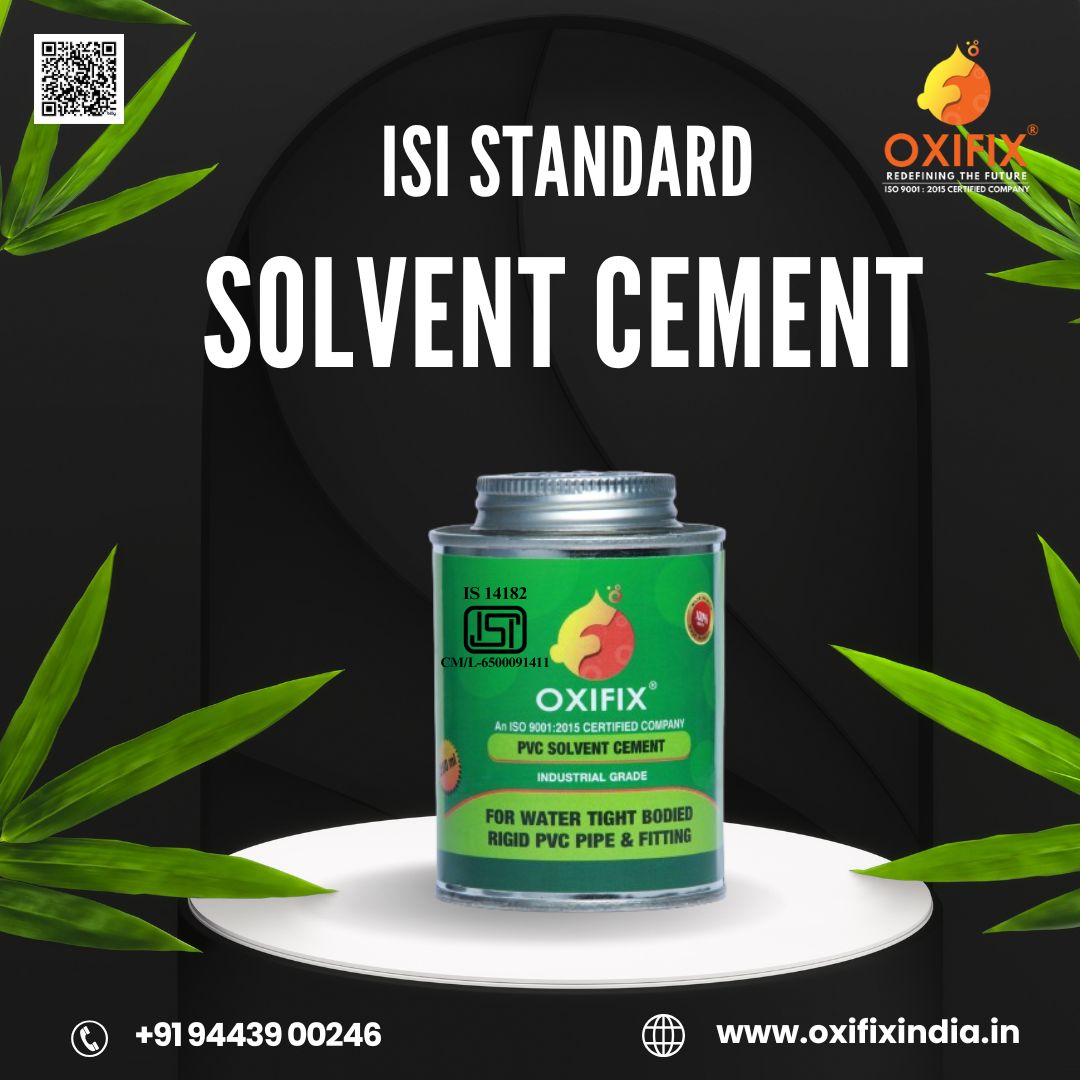PVC Taps vs PTMT Taps: What’s the top 6 Difference?
When it comes to PVC taps or PTMT Taps outfitting your home, office, or commercial space with reliable plumbing fixtures, taps play a crucial role. With a wide range of options available in the market, two types of taps that often draw attention are PVC (Polyvinyl Chloride) taps and PTMT (Polytetra Methylene Terephthalate) taps. While both are popular among buyers for different reasons, understanding the key differences between them is essential to make an informed choice. In this detailed article, we’ll explore everything you need to know about PVC and PTMT taps, from their materials and benefits to their drawbacks and applications. What Are PVC Taps? PVC taps are crafted from polyvinyl chloride, a thermoplastic material known for its affordability and versatility. They are widely used in residential and commercial spaces due to their lightweight nature and cost-effectiveness. PVC taps are especially popular in areas where affordability and ease of installation are top priorities. Key Characteristics of PVC Taps: Advantages of PVC Taps: Limitations of PVC Taps: What Are PTMT Taps? PTMT taps, on the other hand, are manufactured from Polytetra Methylene Terephthalate, a highly durable thermoplastic polymer. These taps are designed for superior performance, making them a popular choice in modern plumbing systems. PTMT taps are known for their strength, resilience, and eco-friendliness, setting them apart from other plastic-based taps. Key Characteristics of PTMT Taps: Advantages of PTMT Taps: Limitations of PTMT Taps: Detailed Comparison: PVC vs. PTMT Taps To help you better understand the differences between PVC and PTMT taps, here is a side-by-side comparison of their key features: Feature PVC Taps PTMT Taps Material Polyvinyl Chloride Polytetra Methylene Terephthalate Durability Moderate High Heat Resistance Low High Cost Affordable Relatively Expensive Design Variety Wide Limited Eco-Friendliness Not recyclable Recyclable Applications and Suitability The choice between PVC and PTMT taps largely depends on the intended application and specific requirements of the space. Here are some recommendations based on their strengths and limitations: When to Choose PVC Taps: When to Choose PTMT Taps: Maintenance Tips for Both PVC and PTMT Taps To maximize the lifespan and performance of your taps, follow these maintenance tips: Conclusion PVC and PTMT taps each have their unique strengths and limitations, making them suitable for different scenarios. PVC taps are an affordable and versatile option, ideal for budget-conscious buyers and decorative purposes. On the other hand, PTMT taps offer superior durability, heat resistance, and eco-friendliness, making them a long-term investment for heavy-duty applications. Ultimately, the choice between PVC and PTMT taps should align with your specific needs, budget, and environmental considerations. By understanding the key differences outlined in this article, you can confidently select the right taps for your space, ensuring both functionality and style for years to come.
PVC Taps vs PTMT Taps: What’s the top 6 Difference? Read Post »



